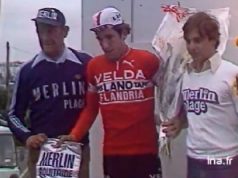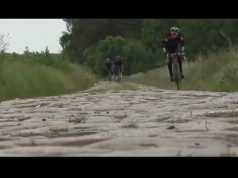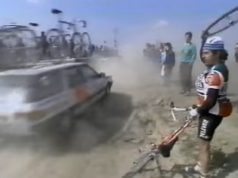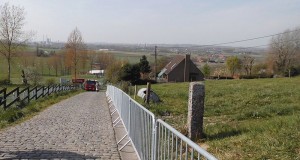By A.P. O’Máille
Dubliner John Brady turned professional in 1988 and procured a contract racing on the famous 7-Eleven team, a US based professional team that had a roster including Davis Phinney, Andy Hampsten, Sean Yates, Bob Roll and many other big name racers. This is the second part of our interview with John, and you can check out Part I through the below link.
When and why did you finish up your pro career?
I finished in 1994 due to a crash. I broke my femur in six places, had to get six bolts put in my left leg and a metal plate.
I came back in 1996 was riding really well, won six races straight away. But the metal in my leg prevented me from making it up to the highest levels again. Even a small handicap becomes a big one.

In 1999 I called it quits completely.
I never stopped riding, but transitioned from racing to riding for health and general fitness. The real personal achievement for me in cycling, is that I still feel like a kid when I ride my bike. I have become more of a person now, than a cyclist.

What has the transition been like from professional racer to “normal” person?
It took years for me to realise: the very things that got you there in the first place, ego, drive, ambition, stubbornness – were a liability in a world without bike racing.
I was in denial for some time during this transition. [It’s] hard to go from the highs and excitement of pro cycling, to normal person on the street. I drifted out of racing and other interests in life were taking over. I became lazy in the most efficient way – very specialised and my attitude was to train every other day, say one and a half hours.
I could do this in America, because the races, while fast, were short, involved critical timing and sprint finishes. I also confined myself to racing mostly in California, or I’d fly to a race within an hour of LA. I was still occasionally beating the best guys, and still making racing prize money.
During this time; I was building a night vision and thermal vision business as I was very technologically interested in tech and it’s applications.
For years, I still bike raced. It became more like a passion; a hobby, I was picking and choosing races, and being a bit moody about it.
The next phase I drifted out of cycling, and into art and photography, the real world outside the bubble. This new lens looked out at the world not through a cycling myopia: chasing women, eating more ice cream [laughs]. Being a bike racer is quite a sheltering existence. As I get older, I look at the bigger picture.
Did you have a mentor during the first part of your career?
When racing in Europe I was coming from the US as a pro, and racing in Europe was different. In the US I was top of the food chain, but the racing culture in Europe was different. [Seán] Kelly was at the time world number one – very like the neighbour next door – he was curious about racing in the US, he never raced in the USA.
He was very personable and embracing of another Irish pro. I felt privileged to be recognised and respected by him. I may have bumped up against him in a sprint, might have elbowed him a bit too much, but he was patting me on the back saying, “that’s the way to do it.”

Is there too much emphasis on data today with all the computers etc.?
I have no computer on my bicycle, though I see the value in it. It can help in unraveling a mystery on how your body mates to a bike – and how position can be changed to optimise the bio mechanics of riding. It can give you general indicators that you’re getting stronger, or over training. But there is no “one size fits all”.
Over-training can be a serious problem for some guys, while others actually need to be on that edge. Age, BMI, food, psychology are all factors beyond the data! I just think you don’t need all that information, cycling is too “real time” and dynamic. No doubt riders have lost races looking at their power outputs and hear rate monitors.
There are lots of lessons we could miss out on due to the over concentration on gizmos, computers, Power Meters etc. This is where guys go wrong with too much emphasis on data. A lot of guys can’t differentiate the difference between being a better athlete, and a winning bike racer. The difference can be vast!
There is certain trickery, in timing, to winning. There are infinite nuances. No Power Meter is a substitute for instinct and intuition. When I look back at cycling in the late 1980s it was the golden era. I’d call it “the era with the right amount of data”.
Not too much, not too little! Of course, there’s no way to compare eras. Though I think the riders in the 60’s, 70’s and 80’s were better bike racers, and today, you’ve better athletes, with information overload!
It’s a fundamental shift; to go from a world with a bigger amount of focus, on a smaller amount of things! It also doesn’t help that racing has been “formatted” by the big teams, attempting to exert their will, with sheer horse power. Makes it harder for the wild cards, and less opportunities for the best riders, on the smaller teams.
Race radios are another terrible idea: at least in the sense that the team manager can now bark instructions to “disposable drones”. To be fair to cycling; it’s just mirroring the methods and madness of modern living, as we bustle into the information age.

What racing pro inspired you as a young lad growing up in Coolock, North Dublin?
Hinault was the man, just an all rounder. Roger de Vlaeminck: he was one of the few guys that could put the wrench into Merckx, beat him the odd time!
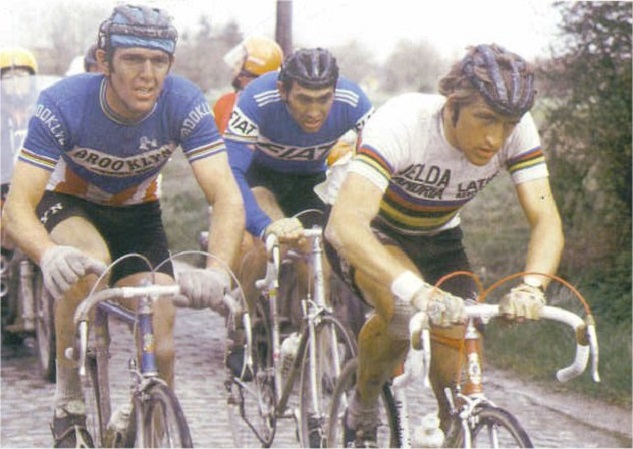
Do you remember your first racing bike?
Yes. It was a modified bike with dropped handlebars. I had to take the back carrier and mud guards off – Magna Kingston Ruby. My dad got it for me in the North Side Shopping Centre in Coolock.

